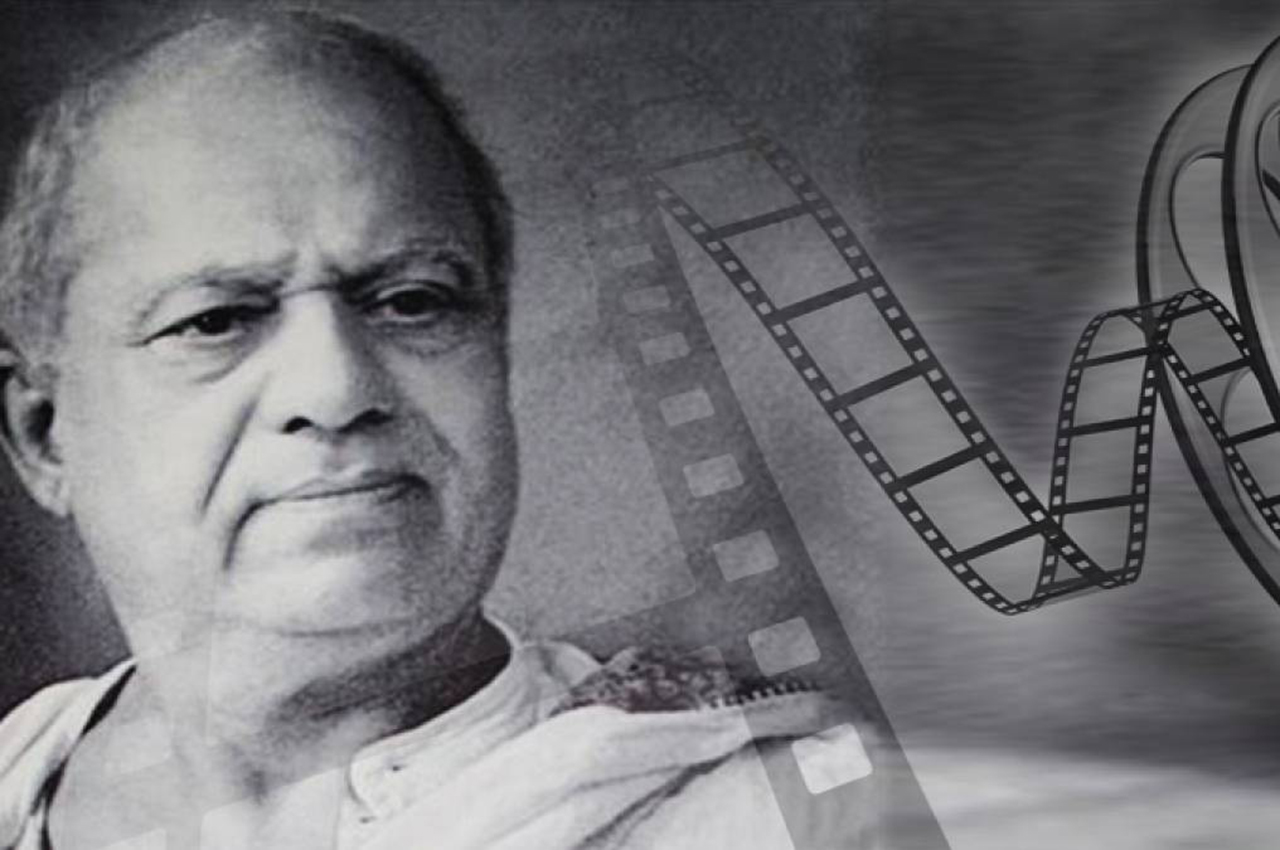Who would have thought that a boy from a village in Maharashtra, Dhundhiraj Govind Phalke, would not only give India its first motion cinema, but will also lay a foundation for one of the largest entertainment industries in the world?
Born on 30th April 1870, Dhundhiraj Phalke, popularly known as Dadasaheb Phalke displayed great interest in the creative arts from an early age. Determined to pursue his dreams, he joined Sir J.J. School of Art, Bombay in 1885. There, he pursued a variety of interests, including photography, lithography, architecture, and amateur dramatics. He briefly worked as a painter, a theatrical set designer, and a photographer.
While working at the lithography press of famous painter Ravi Varma, Phalke was significantly influenced by a series of Varma’s paintings of the Hindu gods; an impression that was evident in Phalke’s own portrayal of various gods and goddesses in the mythological films he later made.
In 1908, Phalke and a partner established Phalke’s Art Printing and Engraving Works but differences between both partners lead to failure and shut down of the business. It was Phalke’s chance viewing of the silent film The Life of Christ (1910) that marked a turning point in his career.
Deeply moved by the film, Phalke saw it as his mission to bring all that was Indian to the moving picture screen. He went to London in 1912 to learn the craft from British pioneer filmmaker, Cecil Hepworth. He was ridiculed by everyone for his imagination and no one believed him. He found support in his wife, Sarswatibai Phalke.
With her support, in 1913, he successfully released India’s first silent film— Raja Harishchandra, a work based on Hindu mythology. The film, scripted, produced, directed, and distributed by Phalke, was a huge success and an important milestone in Indian cinematic history. Likewise important, he introduced a female actor in the leading role in his film Bhasmasur Mohini (1913), at a time when professional acting was taboo for women.
A tragic end to Dadasaheb’s life
With the introduction of sound in cinema and the expansion of the film industry, Phalke’s work lost popularity. He left filmmaking in the 1930s and died lonely, embittered, and sick in 1944.
The government of India honored him posthumously by instituting the Dadasaheb Phalke award in 1969. Even to this date, this is considered as one of the most prestigious awards in Indian cinema. It is the highest official recognition for film personalities in India.









